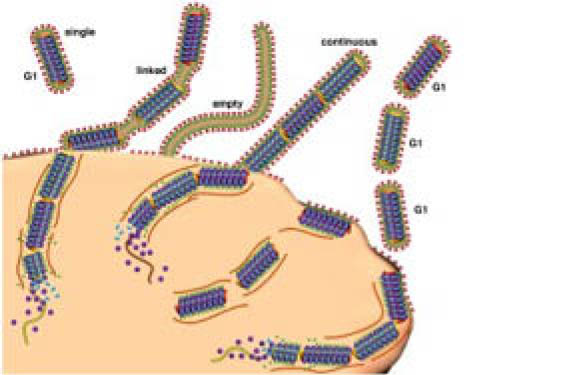Reactive Oxygen Species (ROS) are reactive molecules and free radicals derived from molecular oxygen involved in cellular homeostasis. An excess of ROS production (e.g. exposure to environmental stress such as UV or heat exposure) causes significant damage to cell structures. In this post, let’s review the research tools for studying this process also known as Oxidative stress.

One of the effects of oxidative stress is the appearance of Reactive Oxygen Species (ROS), including superoxide, hydrogen peroxide, and hydroxyl radical, which are normally produced in mitochondria. Electrons leak from the electron transport chain, and react with oxygen, forming superoxide. This counts for 1-3 % of oxygen reduced in cells. Several enzymes control the formation of ROS, including Superoxide Dismutase (SOD), Catalase, Glutathione-S-Transferase (GST) and Thioredoxin.
Out of the ROS species, superoxide is by far the most reactive, as it is both a negatively charged species and has a free electron as O2.-.
This is mainly controlled by SOD of which enzymatic activity can easily be monitored in a variety of biological samples (serum, urine, media…) with the colorimetric DetectX® SOD Activity assay kit which measures all types of SOD activity, including Cu/Zn, Mn, and FeSOD types.
The IC50 of SOD or SOD-like materials can also be determined using colorimetric methods. The SOD Assay Kit-WST allows a very convenient and highly sensitive SOD assay by utilizing Dojindo’s highly water-soluble tetrazolium salt, WST-1. WST-1 is 70 times less reactive with superoxide than cytochrome C; therefore, highly sensitive SOD detection is possible and samples can be diluted with buffer to minimize background problems. WST-1 does not react with the reduced form of xanthine oxidase; therefore, even 100% inhibition with SOD is detectable.
Spin trapping is a reliable techniques for detecting and identifying short-lived free radicals. The EPR (ESR) spin trap reagent detects both superoxide and hydroxyl radicals produced by systems in vitro and in vivo. BMPO was developed as a spin trapping reagent that adducts superoxide and shows a long half-life (t1/2=23 min) for reproducible and steady experimental results even for hydrophilic samples.
Another ROS is hydrogen peroxide (H2O2). It can be either formed in the environment or as a by-product of aerobic metabolism, superoxide formation and dismutation, or as a product of oxidase activity.
Both H2O2 and its by-product, hydroxyl radical, are harmful for cell components. In fact, it needs to be rapidly removed to prevent serious damage to aerobically living prokaryotic and eukaryotic cells. However, H2O2 can act as a second messenger in signal transduction pathways, in immune cell activation, inflammatory processes, cell proliferation and apoptosis.
Removal of peroxide is mainly done by the enzyme called Catalase. Its biological activity can be detected by dedicated colorimetric and sensitive assays – the DetectX® Catalase Assay Kit. Catalase activity has been detected in numerous tissues, with high concentrations in the liver, kidneys and erythrocytes. It has been recently shown that short wavelength UV radiation produces ROS through the action of Catalase, in a mechanism that is thought to be a way to protect DNA by converting damaging UV radiation into ROS that can be metabolised by antioxidant enzymes in the cell. In fact, the conversion of superoxide radicals into hydrogen peroxide, followed by decomposition of hydrogen peroxide into water and oxygen are efficient detoxification mechanisms for most biological systems.
Recently, Singlet oxygen (or 1O2, an excited state of the dioxygen molecule) has been successfully monitored by live cell imaging with a silicon-based far-red fluorescent probe called Si-DMA (see “How to detect Singlet Oxygen by live cell imaging?”).
The total antioxidant capacity of biological fluids, cell/ tissues / lysates but also bioactive compounds can be also assessed with the well-established colorimetric (ABTS Antioxidant Assay Kit) or fluorescent (ORAC Antioxidant Assay Kits) technologies available as ready to use kits or as turn-key lab services. (see Ali’s previous post “Measure the anti-oxidative potential of your sample“) .
What about you?
Working on ROS, free radicals, Mitochondrial research or live-cell imaging? Which tools or probe are you using, or would you be interested in using in the future?
Share your comments, thoughts and questions below!
 Want to learn more about tools like this?
Want to learn more about tools like this?Subscribe to thematic newsletters on your favourite research topics.



